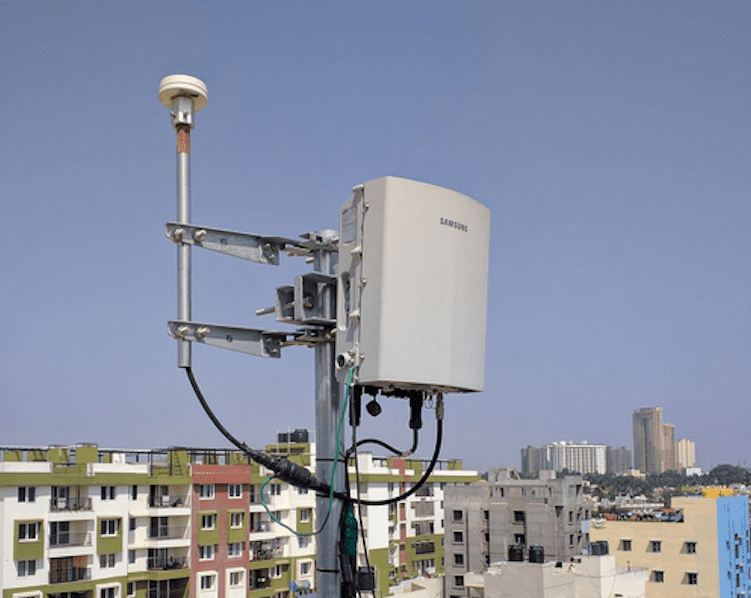Small Cells Competition Heats Up: Poles or Rooftops?
By • February 25, 2019 0 1790

The advent of a new generation of high-speed wireless services known as 5G seems to be a given — even though it hasn’t been fully designed yet. To help generate broad public and government support, Verizon recently shared an instant message for residents to send to relevant government officials.
According to Advisory Neighborhood Commissioner Joe Gibbons, the message reads: “I support the immediate rollout of 5G wireless service in our community because of the benefits it will deliver today and the breakthroughs it will enable tomorrow.”
There is now an intense competition among carriers for contracts to deploy 5G infrastructure in the District. The Office of the Chief Technology Officer declared in 2017 that it assumed small cell technology would be in the form of big and small boxes — variously pictured with a tangle of wires emanating from them — installed on poles throughout D.C. neighborhoods.
Five companies — Verizon, Crown Castle, AT&T, Mobilitie and ExteNet Systems — were awarded executed master license agreements through the Department of Transportation’s online permitting system. On Sept. 26, 2018, the Council adopted an Order of Accelerating Wireless Broadband Deployment by Removing Barriers to Infrastructure Investment. Various town meetings were held to compare the master licensees’ proposals for the size and placement density of poles and small cell boxes.
“Verizon’s antenna poles, for instance, could be 32 feet high in neighborhood streets. No alleys could be used,” according to Gibbons. “Verizon describes the size of its cells as similar to ‘backpack-size antennas’ — which must be Himalaya excursion-size backpacks as the antennas are 24 by 48 inches.”
In several Georgetown meetings held through 2018, Georgetown residents expressed concern about the placement of more sidewalk poles. “I don’t want to wake up one day to find a small cell pole and antenna in front of my bedroom,” said Charlene King, a Potomac Street resident.
But now a new technology has come to light: cell boxes on rooftops.
“They are 24 by 36 by 12-inch boxes with a two-to-three-foot antenna that can sit out of sight on a rooftop,” Shervin Gerami, CEO of TeleWorld Solutions, said at a small press briefing convened by Gibbons at Via Umbria on Wisconsin Avenue in early February. “They would be installed by a carrier like AT&T in a cooperative arrangement that could generate up to several hundred dollars a month revenue for the property owners. Commitment contracts with properties targeted with best sight lines could be negotiated for up to 20 years. They could become very competitive between neighbors and carriers.”
The proposal may be introduced at the March 4 ANC meeting at Georgetown Visitation School.

